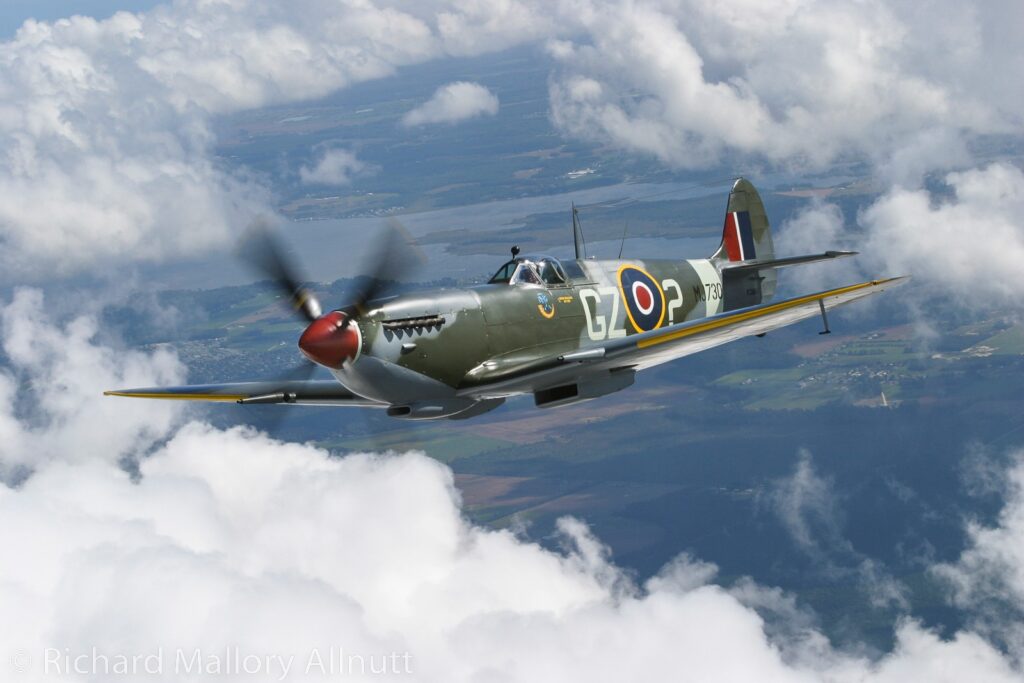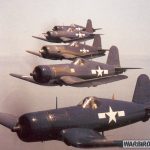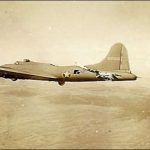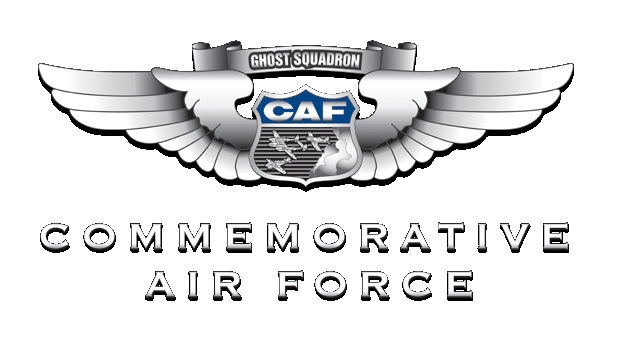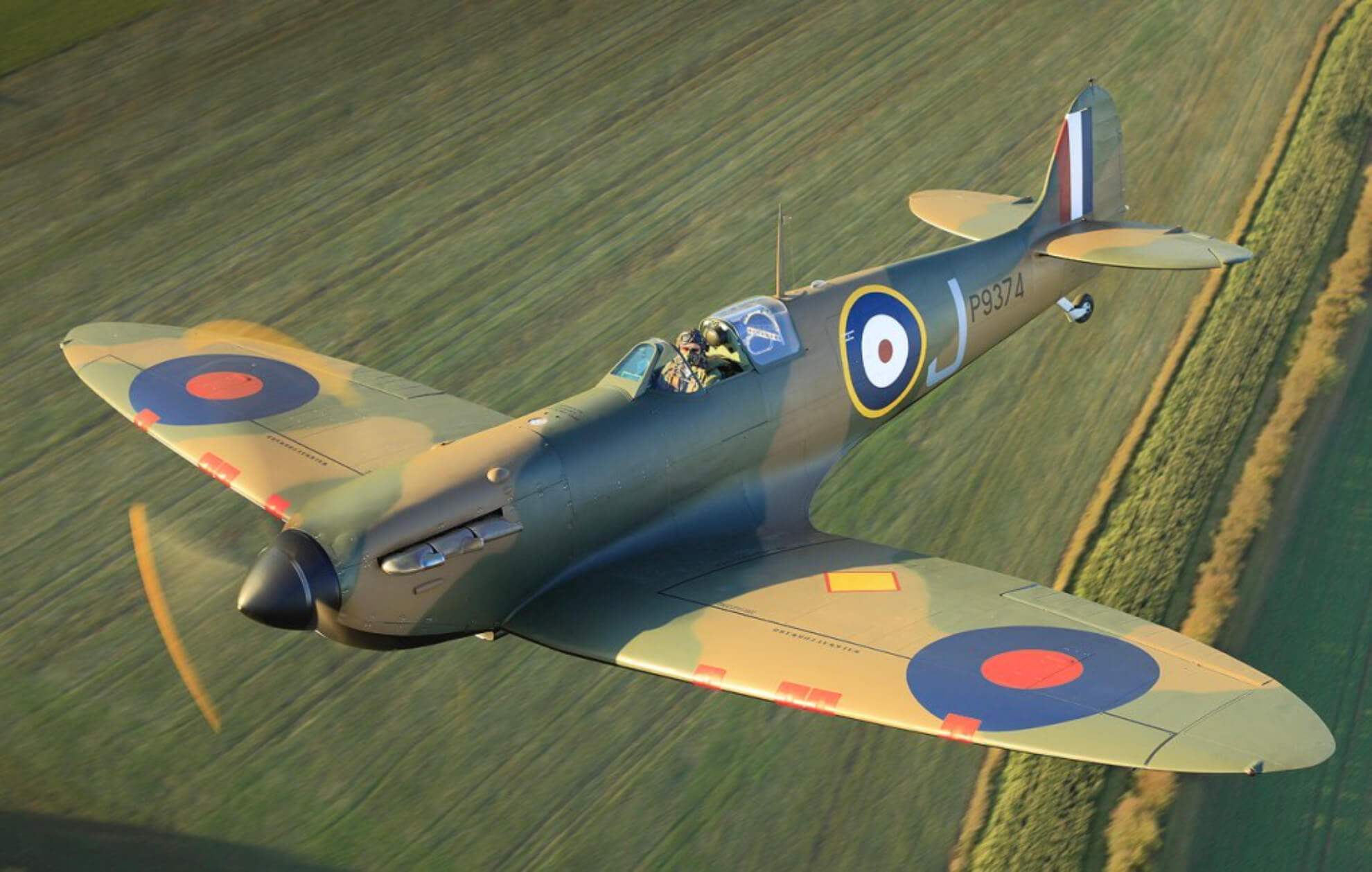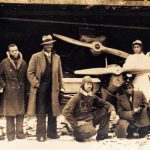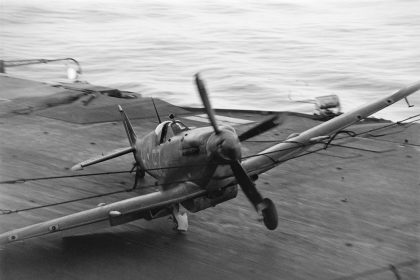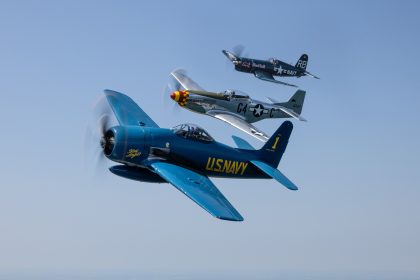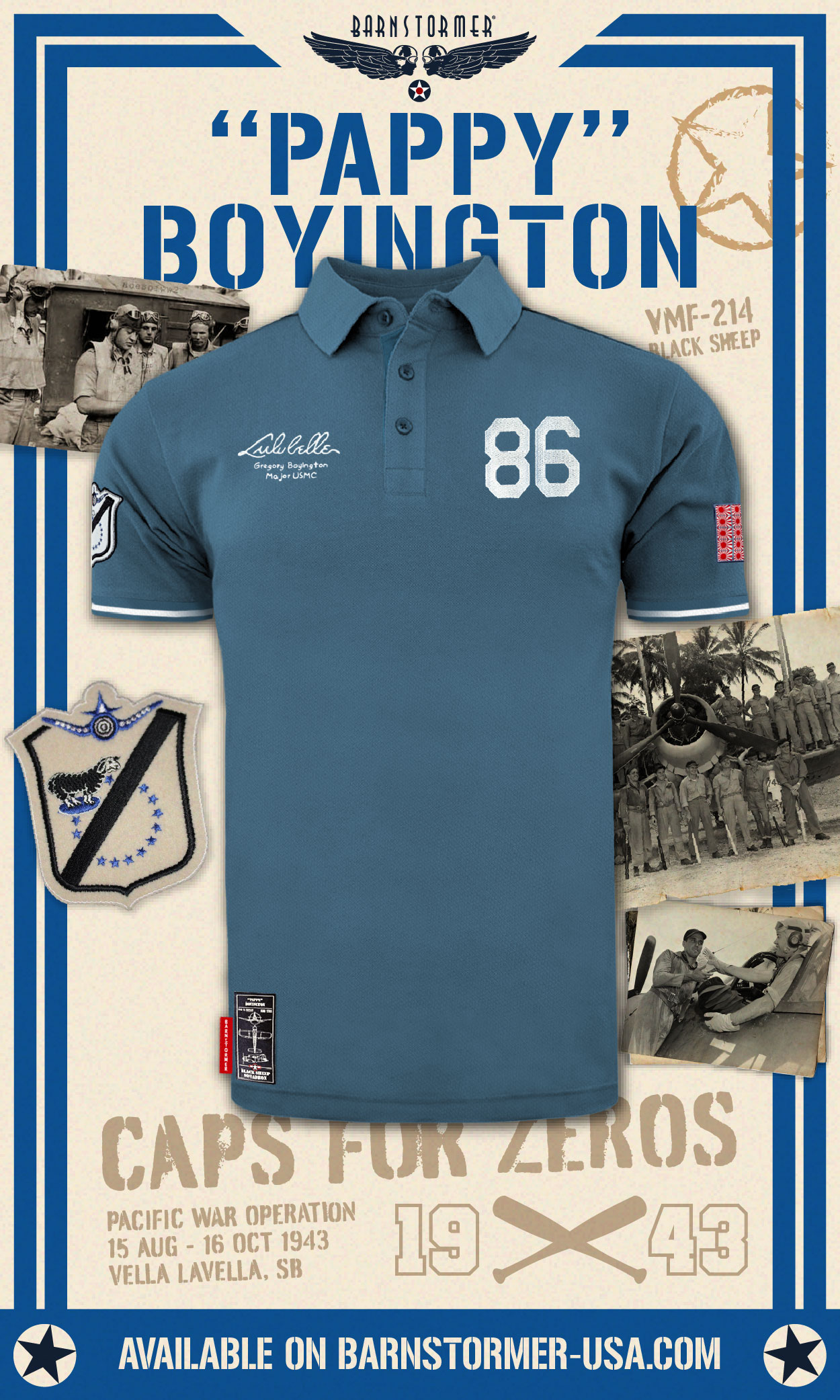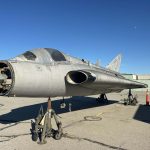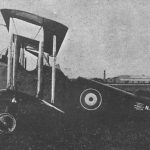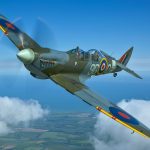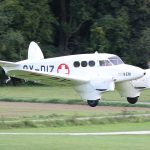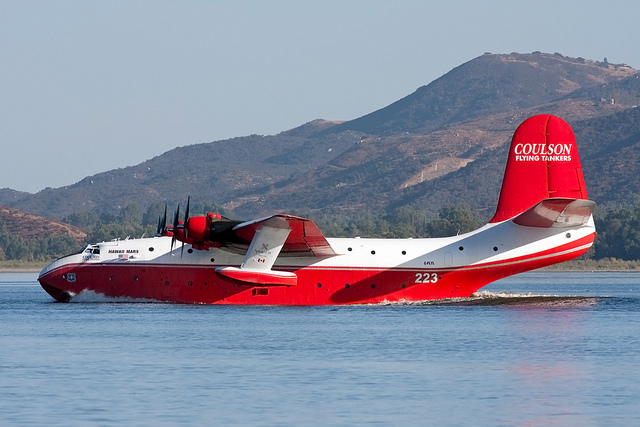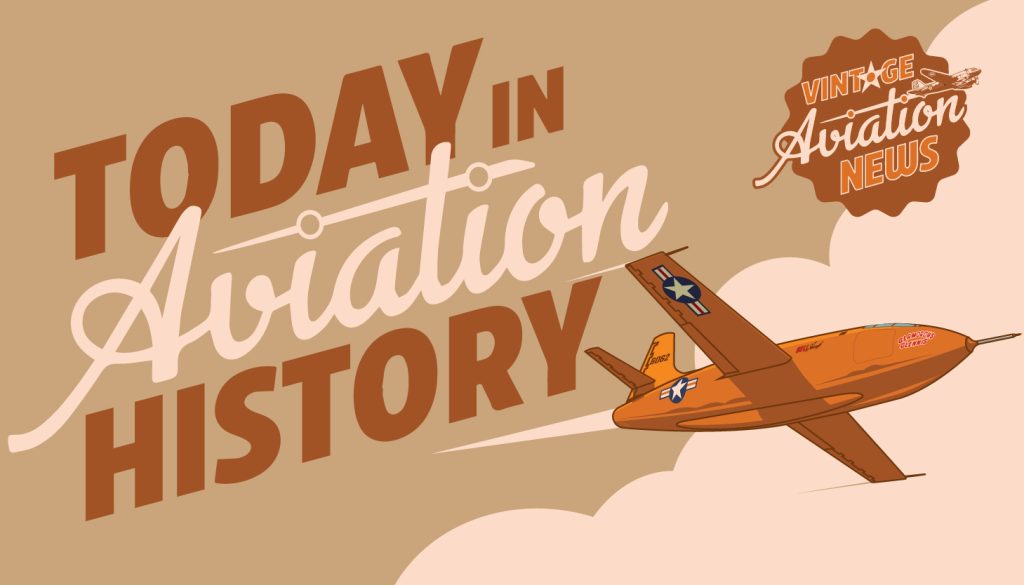
On this day in aviation history, March 5, 1936, the legendary Supermarine Spitfire took to the skies for the first time. The Spitfire quickly became one of the most iconic aircraft of all time, designed by R.J. Mitchell as a single-seat, short-range fighter-interceptor. Its elegant lines and exceptional performance make it a favorite among aviation enthusiasts. Many consider it one of the most aesthetically pleasing aircraft ever built—not just in appearance but in capability, as its wartime record solidified its place in history.
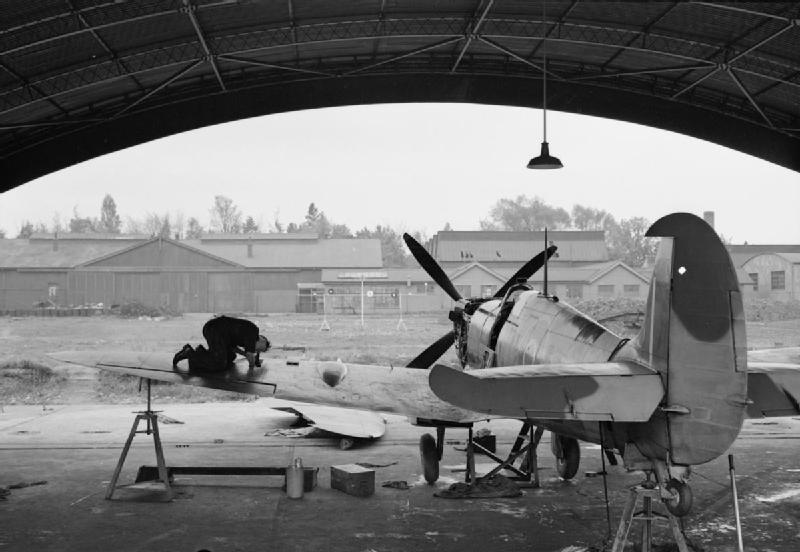
Powered by the Rolls-Royce Merlin engine, the Spitfire first entered RAF service with No. 19 Squadron at Duxford on August 4, 1938. Its true test came during the Battle of Britain in 1940. While the Hawker Hurricane bore the brunt of the fighting, the Spitfire’s superior speed, agility, and lower attrition rate gave it a higher victory-to-loss ratio. Recognizing its strengths, RAF command increasingly tasked Spitfire squadrons with engaging Luftwaffe fighters while Hurricanes focused on intercepting German bombers.

Throughout World War II, the Spitfire adapted to numerous roles, excelling as a fighter, fighter-bomber, and photo-reconnaissance aircraft—even serving as an impromptu beer transport for British troops in Europe. The airframe continuously evolved, with improvements such as clipped wings for increased roll rate, a bubble canopy for enhanced visibility, an enlarged vertical stabilizer, and eventually, the powerful Rolls-Royce Griffon engine. These advancements ensured the Spitfire remained a premier Allied fighter throughout the war and even saw limited postwar service, including during the Korean War.
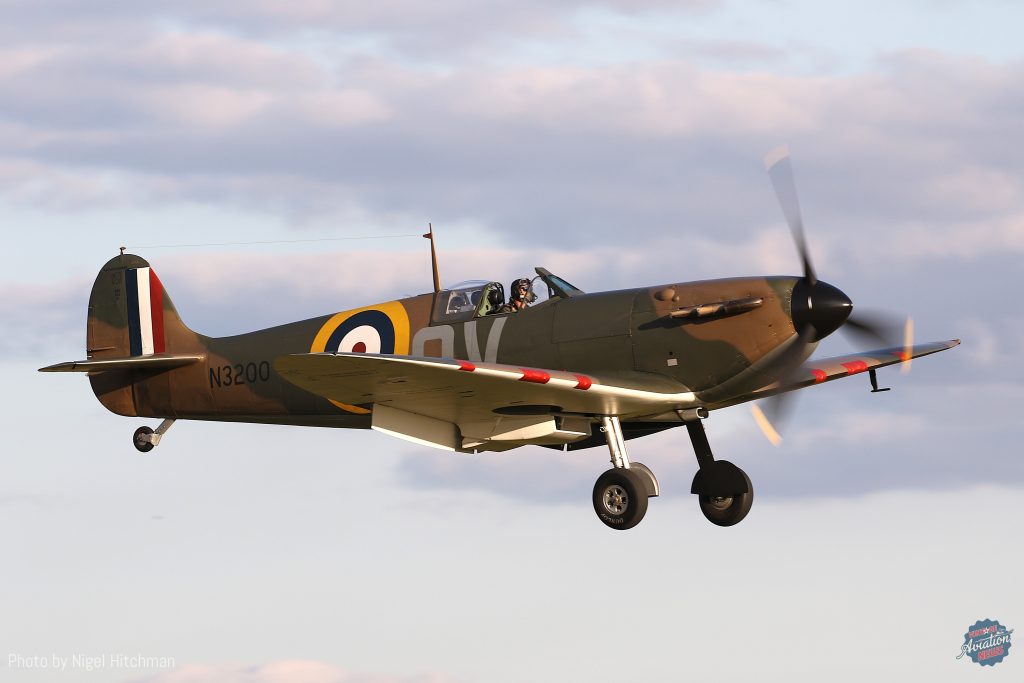
Around 70 Spitfires of various marks remain airworthy today, while many more are preserved in museums worldwide. Its enduring legacy continues to captivate aviation enthusiasts, and we are fortunate to still witness these legendary aircraft in flight.
